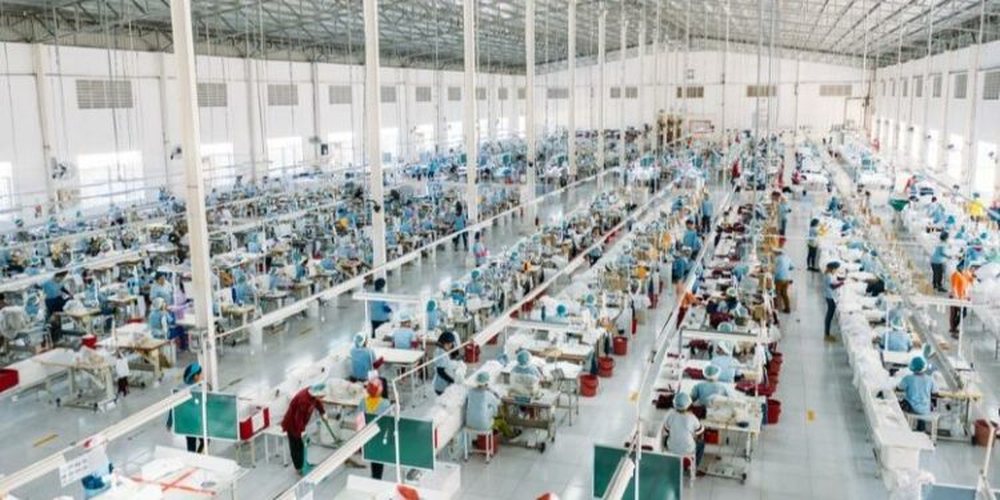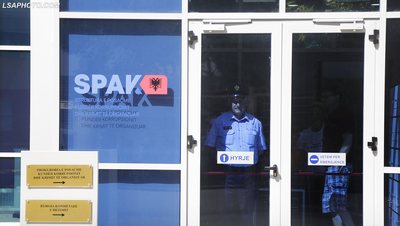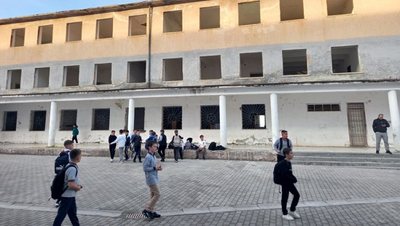
The textile and footwear industry has cut about 8% of employees between the second quarter of 2024 and 2025, while compared to 2023, the industries have "lost" almost a fifth of their workforce, according to official INSTAT data.
The employment index in garment and textile factories fell to 83.93 points, from 92.31 points in the second quarter of 2024. This represents a decrease of about 8.3 percentage points within a year. The downward trend, which began in 2023, continues to worsen, indicating a deepening crisis in this sector.
Similarly, the employment index in footwear and leather factories fell by 7%, to the lowest level recorded in this data series, confirming the strong pressure on the manufacturing industry from internal and external factors.
Employment and sales indices show that the garment industry is on a strong downward trajectory. But the leather and footwear sector is the hardest hit. The garment industry saw a 22 percent drop in employees between the second quarter of 2023 and the second quarter of 2025, official data show.
Garment and footwear factories have been the export drivers over the past decade, but their role has waned since the pandemic. They were also an important employer of paid work for women in dire financial need.
The reasons why the sector is shrinking are related to a combination of internal and external factors. The increase in minimum wages and insurance contributions has had a direct impact on manufacturing businesses. With low profit margins, any increase in costs immediately affects the competitiveness of these production units. The fall of the euro also had a strong impact as it brought a series of bankruptcies to small and medium-sized units that worked as subcontractors to larger factories.
In the clothing and footwear sector, Albania competes mainly in the low-cost production segment, but countries like Turkey, Morocco, and even Southeast Asia offer more affordable prices to European companies. This has prompted some international brands to shift contracts to larger, cheaper markets.
The Albanian textile and footwear sector depends almost entirely on exports. The slowdown in consumption in EU countries, especially in Italy and Germany, which are the main partners, has led to a contraction in orders. High inflation in these markets has led consumers to limit purchases of clothing and footwear products. /Monitor






















